Master Blood Strike's competitive scene with optimized pro settings that boost FPS, eliminate lag, and perfect sensitivity configurations. This guide covers graphics optimization, recoil control techniques, and device-specific strategies for maximum performance.
Blood Strike Pro Settings Overview
Here's the thing about Blood Strike's competitive scene – it's unforgiving. You need three things locked down tight: graphics settings that maintain 60+ FPS (non-negotiable), sensitivity configurations with eDPI between 300-800, and network stability under 50ms ping.
Pro players? They'll sacrifice visual candy every single time. Reduced texture quality, disabled shadows and reflections, lowered render distance – it's all about stable performance over pretty screenshots. Trust me on this one.
The performance hierarchy hits different in Blood Strike. High graphics settings don't just cause FPS drops; they create input delays that'll mess with your aim when it matters most. Low-end device users need to get aggressive with optimization – we're talking systematic graphics reduction and serious resource management to stay competitive.
For consistent performance enhancement, Blood Strike recharge gold through BitTopup provides reliable access to premium features. BitTopup offers competitive pricing, instant delivery, secure transactions with 24/7 customer support, ensuring seamless gaming experiences.
Graphics Settings Optimization for Maximum FPS
Let's talk numbers. Dropping from 1080p to 720p? You're looking at a 30-40% FPS boost on mid-range devices. That's huge. Texture quality from High to Medium saves you 2-4GB VRAM while keeping enemy identification crystal clear.
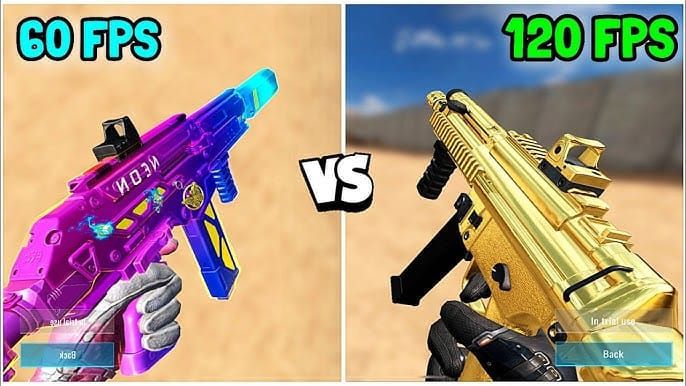
Here's your essential graphics hit list:
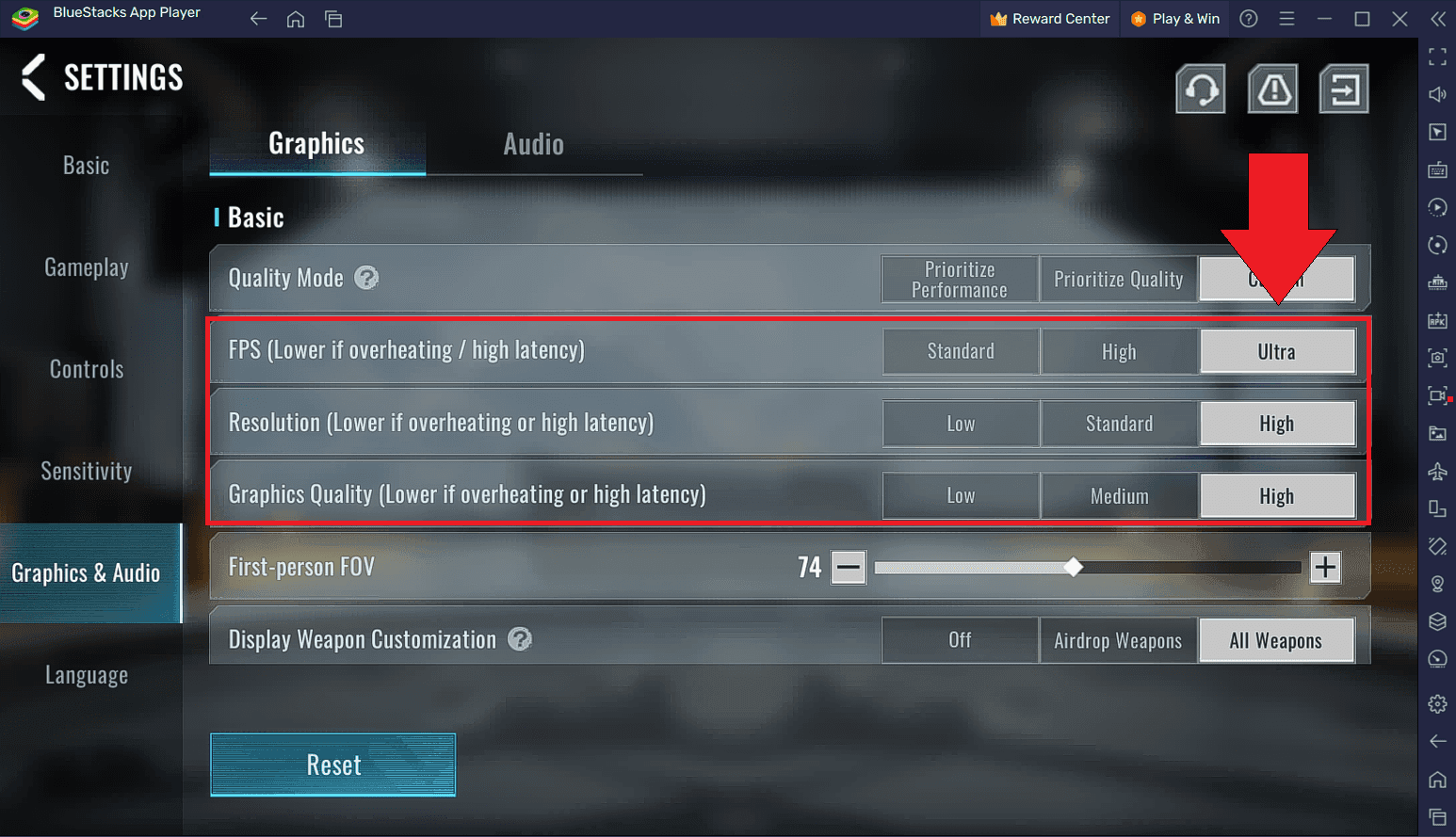
Shadows and reflections? Gone. Completely disabled.
Texture quality: Medium or Low (depending on your rig)
Render distance: Minimum competitive range only
Anti-aliasing and post-processing: Off
Particle effects: Reduced to save GPU load
Device-specific reality check: High-end setups can handle Medium settings at 60+ FPS. Low-end Android users need Low settings across the board – no exceptions. iOS devices are interesting; they can typically handle Medium textures with effects disabled, maintaining that sweet 45-60 FPS range.
Windows Game Mode? Activate it. You'll see a 10-15% FPS improvement by prioritizing Blood Strike processes and allocating additional CPU/GPU resources. It's free performance sitting right there.
Sensitivity Configuration Guide
Blood Strike uses a yaw value of 0.00154 for 360-degree calculations (technical stuff, but important). Pro players maintain eDPI between 300-800 – that's your DPI multiplied by sensitivity. Go over 800 and your recoil control effectiveness tanks.
Camera sensitivity breakdown:
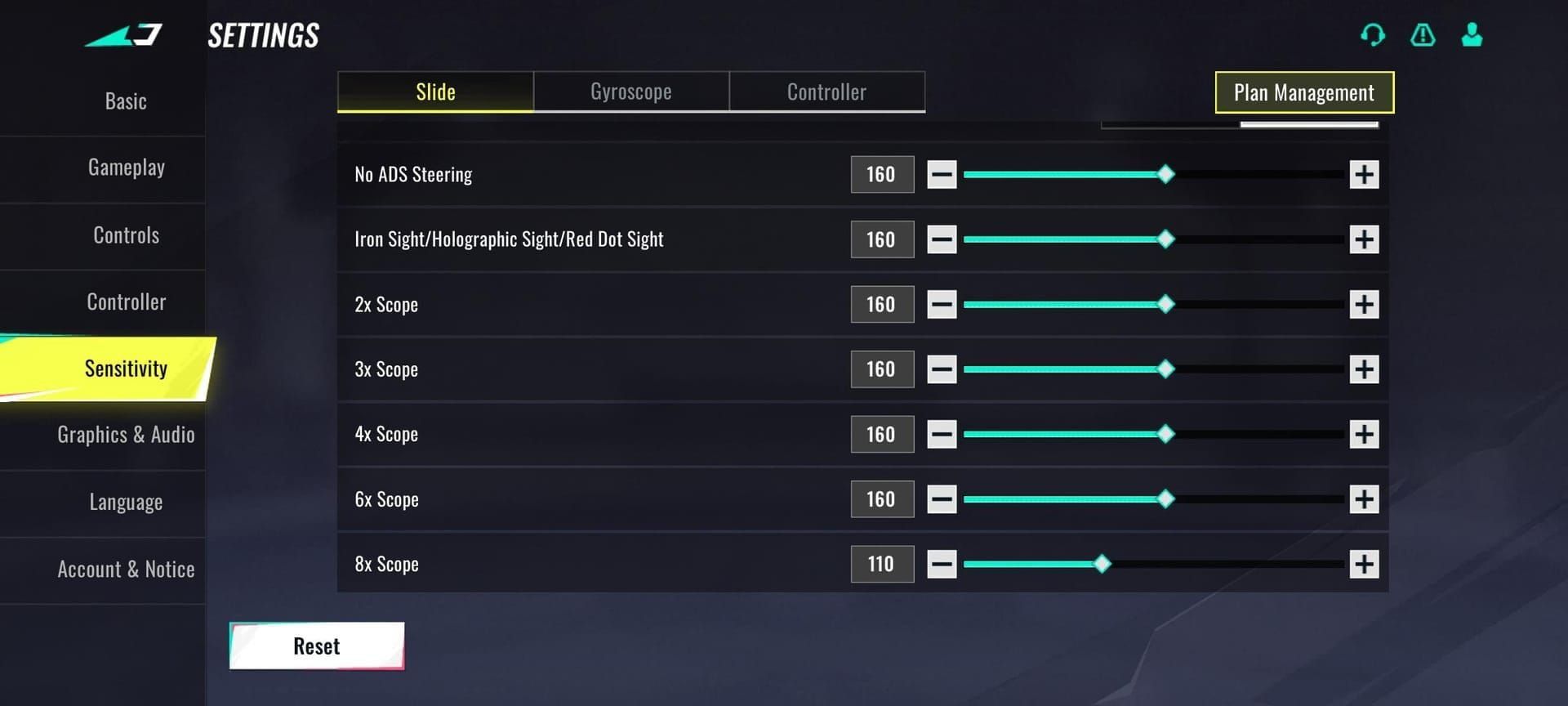
Mouse DPI between 400-1600 for optimal tracking
In-game sensitivity within 1-300 range (default's 30)
Calculate your eDPI to verify you're in the optimal range
Test that 360-degree turn distance for comfort
Now, ADS sensitivity gets complicated. You need separate optimization for 2X, 3X, 4X, 6X, 8X scopes, plus Hipfire, Iron Sight, Holo, and Red Dot configurations. Each scope demands unique sensitivity values for consistent aim feel – it's tedious but necessary.
Mobile players, don't sleep on gyroscope settings. Enable them for fine adjustments, but set them 20-30% lower than camera sensitivity to prevent overcorrection. Nothing worse than a gyro twitch ruining your shot.
Audio Settings for Competitive Advantage
Audio optimization's a balancing act between sound quality and performance impact. High-quality audio processing eats CPU resources, reducing FPS on low-end devices. Pro players prioritize directional audio clarity over music and ambient effects – they need to hear those footsteps.
Your competitive audio setup:
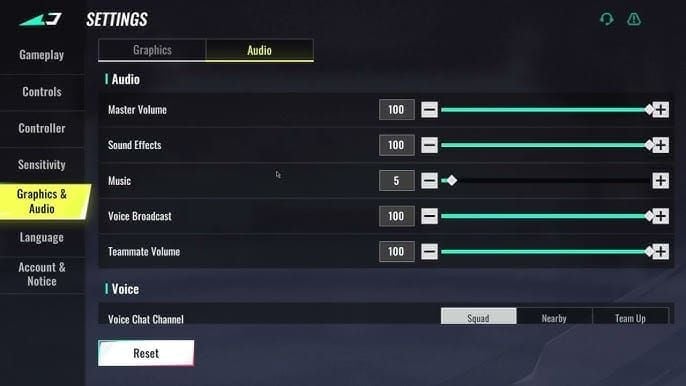
Sound effects: Maximum volume
Music and ambient sounds: Reduced or disabled
Directional audio processing: Enabled
Headphones: Essential for stereo separation
Voice chat: Below game audio levels
Ultra-high audio quality costs you 5-10% FPS on resource-limited devices. Medium quality gives you sufficient directional information while preserving system resources. Keep voice chat volume 20-30% below game audio – you need situational awareness during team communication.
Network and Connection Optimization
Network stability determines whether you're competitive or just cannon fodder. Wired Ethernet connections reduce ping by 10-20ms versus Wi-Fi, eliminating those packet loss spikes that'll get you killed. Mobile players should prioritize 5GHz Wi-Fi over 2.4GHz for reduced interference and higher bandwidth.
For enhanced connectivity and premium content, Blood Strike gold buy online through BitTopup ensures uninterrupted gameplay progression. BitTopup supports multiple payment methods, offers instant delivery within minutes, and maintains industry-leading security standards.
Network optimization checklist:
Close bandwidth-consuming applications
Disconnect unused devices from your network
Select servers with lowest ping
Use network optimizers for route selection
Monitor real-time ping and packet loss
Pro tip: Choose servers with consistent ping under 50ms rather than the absolute lowest ping. Ping stability matters more than minimum values – fluctuations cause timing inconsistencies in firefights that'll cost you rounds.
Recoil Control Settings and Techniques
Recoil control requires weapon-specific sensitivity adjustments and dedicated practice. Each weapon category demands unique compensation patterns – assault rifles need vertical pull-down control, SMGs require diagonal compensation for spray patterns.
High-damage weapons like AK-47 variants require lower sensitivity for precise control. Rapid-fire SMGs benefit from slightly higher sensitivity for quick transitions. Pro players maintain separate sensitivity profiles for different weapon classes – it's that important.
Practice methods for recoil mastery:
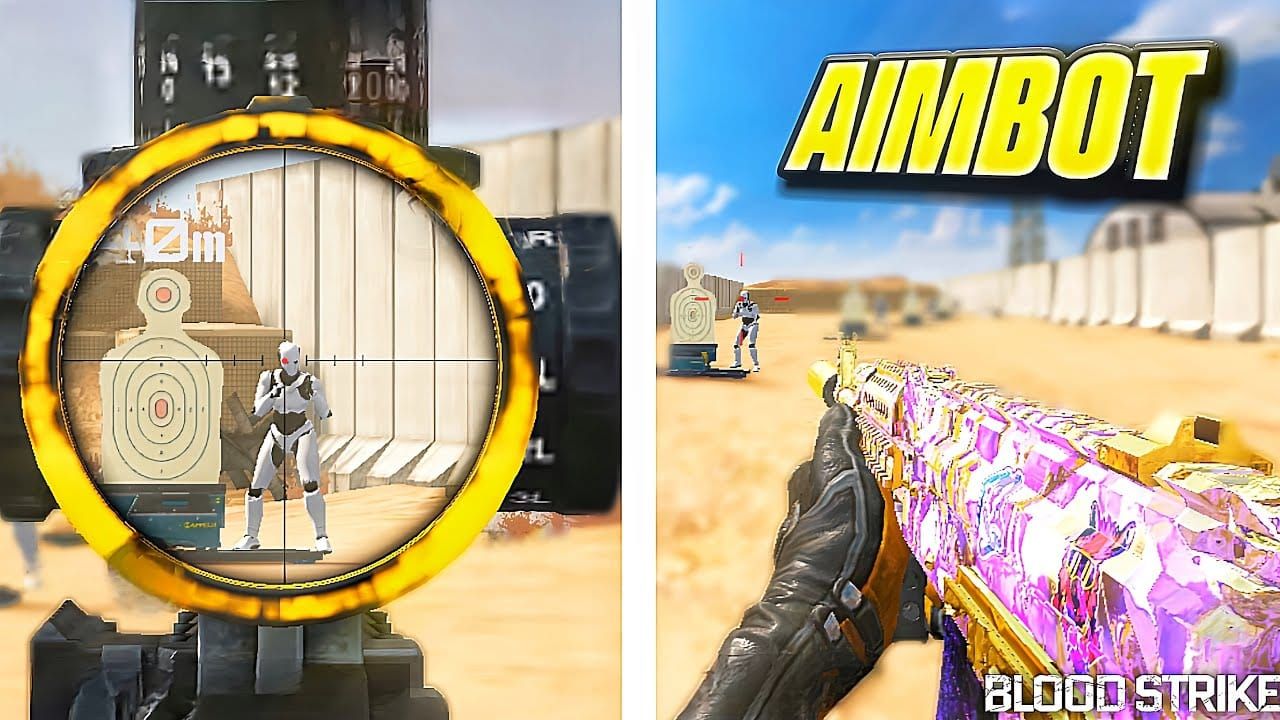
Training mode wall spray patterns
Moving target practice with different weapons
Burst fire technique development
Full-auto spray control drills
Crosshair placement consistency training
Advanced techniques involve pre-aiming common angles and maintaining crosshair positioning at head level. This reduces adjustment time during engagements – milliseconds matter in competitive play.
Low-End Device Optimization Strategies
Low-end optimization requires aggressive resource management. Close all background applications before launching Blood Strike – free up that CPU and RAM for game processes. Disable automatic updates, cloud syncing, and notification services during gameplay sessions.
Memory management techniques:
Increase virtual memory allocation on PC
Clear device cache before gaming sessions
Disable power-saving modes that throttle performance
Enable gaming mode on supported Android devices
Monitor RAM usage and close unnecessary processes
Thermal throttling's a silent killer of consistent performance. Ensure proper device ventilation, clean cooling fans on PC, avoid charging mobile devices while gaming. For battery optimization: reduce screen brightness, disable haptic feedback, and close background app refresh.
Advanced Control Customization
HUD layout optimization positions essential controls within comfortable reach zones. Place frequently used actions – shooting, aiming, movement – in primary thumb positions. Secondary actions like grenades, healing, and weapon switching occupy outer zones for occasional access.

Button mapping customization allows personalized control schemes based on hand size and grip style. Larger devices accommodate spread-out layouts; compact phones require condensed arrangements. Test configurations in training mode before competitive matches.
Gesture controls provide additional input options, but ensure sensitivity prevents accidental activation during firefights. Nothing's worse than accidentally throwing a grenade because of an errant swipe.
Pro Player Settings Analysis
Tournament-level configurations prioritize consistency over visual appeal. Professional players use 720p resolution, Low graphics settings, and eDPI values between 400-600 for optimal speed/precision balance. These settings ensure stable 60+ FPS across tournament hardware setups.
Example professional configuration:
Resolution: 720p
Graphics: Low across all settings
Sensitivity: 1.5 at 800 DPI (eDPI 1200)
Audio: Medium quality, effects prioritized
Network: Wired connection, <30ms ping
Regional preferences vary – Asian competitive scenes favor higher sensitivity for aggressive tactics, Western players prefer lower sensitivity for long-range precision. Interesting cultural difference in playstyles.
Troubleshooting Common Performance Issues
Sudden FPS drops usually result from background updates, overheating, or network spikes. Monitor system resources using Task Manager (Windows) or device settings (mobile) to identify specific causes and check battery/thermal status.
Lag diagnosis through systematic elimination:
Test network connection stability
Update graphics drivers and game client
Close background applications
Reduce graphics settings temporarily
Restart device to clear memory leaks
Crash prevention requires regular maintenance – driver updates, system file verification, and storage space management. Maintain at least 10GB free storage for optimal performance and temporary file management.
FAQ
What are the best Blood Strike settings for 60 FPS on low-end devices? Use 720p resolution, Low graphics quality, disabled shadows/reflections, Medium texture quality. Close background apps, enable gaming mode on mobile, use wired connections on PC.
How do I fix lag in Blood Strike mobile? Switch to stable Wi-Fi/mobile data, close background apps, disable power-saving mode, enable gaming mode, reduce graphics settings. Use network optimizers for connection stability.
What sensitivity should I use in Blood Strike? Maintain eDPI between 300-800 (DPI × Sensitivity). Start with 800 DPI and 1.0 sensitivity, adjust based on comfort. Professional players typically use 400-600 eDPI.
How can I increase FPS in Blood Strike? Update graphics drivers, lower resolution/graphics settings, close background applications, enable Windows Game Mode, ensure proper device cooling.
What graphics settings give the best performance? Set resolution to 720p, graphics quality to Low, disable shadows/reflections, use Medium textures, turn off anti-aliasing, minimize particle effects.
How do I control recoil effectively in Blood Strike? Use eDPI between 400-600, practice weapon-specific spray patterns in training mode, maintain proper crosshair placement, adjust sensitivity for different weapon classes.

